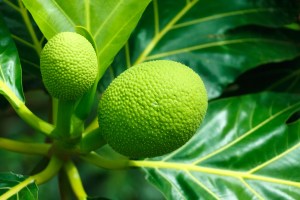Fish fraud decreasing?
Great news for Canadians, with a recent ‘citizen science’ survey finding very low levels of fish fraud at the retail level. The study was organised by SeaChoice with the support of the University of Guelph Centre for Biodiversity Genomics’ Life Scanner program. Participants used DNA kits to sample fish from local grocery stores across the country. In all, 501 samples from 49 retailers and representing 46 species were tested. Just 1% were found to be fraudulently mis-labelled, while 7% were not labelled according to the proper names defined by Canadian regulations. These numbers are lower than expected and – we hope – the start of a trend towards better traceability and less fraud in the seafood industry.
Gorgeous, but toxic ‘silver’ sweets
Intricately decorated festival sweets in India have been a well-known food fraud risk for many years; unfortunately they are frequently found to have been coloured with cheap and toxic textile dyes rather than approved food additives. On the eve of the Diwali festival this year, Indian authorities tested sweets and found they contained non-food colours. In addition, the beautiful silver gilding on some sweets was in fact made from dangerous aluminium, rather than from silver, which is inert and safe to ingest.

Hot dogs in peril
Hot dog sellers in Belgium are worrying about the price of mustard, after the world’s largest producer of mustard seeds, Canada, reported a very small harvest this year. It is only half of the previous year and the lowest volumes in 11 years. This is expected to effect supplies and prices of mustard which will increase the risk of food fraud.
Red, red wine
Chapitalization – the act of adding sugar to the wine making process to boost final alcohol content, is the subject of a recent crackdown by Spanish authorities. Chapitalization is not permitted in Spain, although it is allowed in some wine growing regions elsewhere.

¡Ay no: carne de caballo
Despite being one of the best known types of food fraud, we are still finding undeclared horse meat in beef, including recently in Mexico. Horse meat is not illegal in Mexico, however it is not supposed to be present in beef meat. A recent study found it at rates of around 10% of ‘beef’ products purchased from public markets, street stalls, butchers shops and taco stands. Worse still, more than half of the meat samples that contained horse DNA also contained clenbuterol, an illegal growth enhancer.
US FDA: not loving love
The US FDA has ventured into philosophical territory by sending a pubic warning letter to the owners of a food manufacturer in Massachusetts for mis-branding their granola by declaring that it contains love. According to the FDA, “Love is not a common or usual name of an ingredient, and is considered to be intervening material because it is not part of the common or usual name of the ingredient.” Oh FDA, you heart-breakers!







